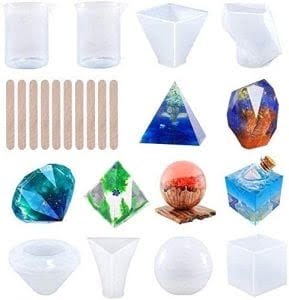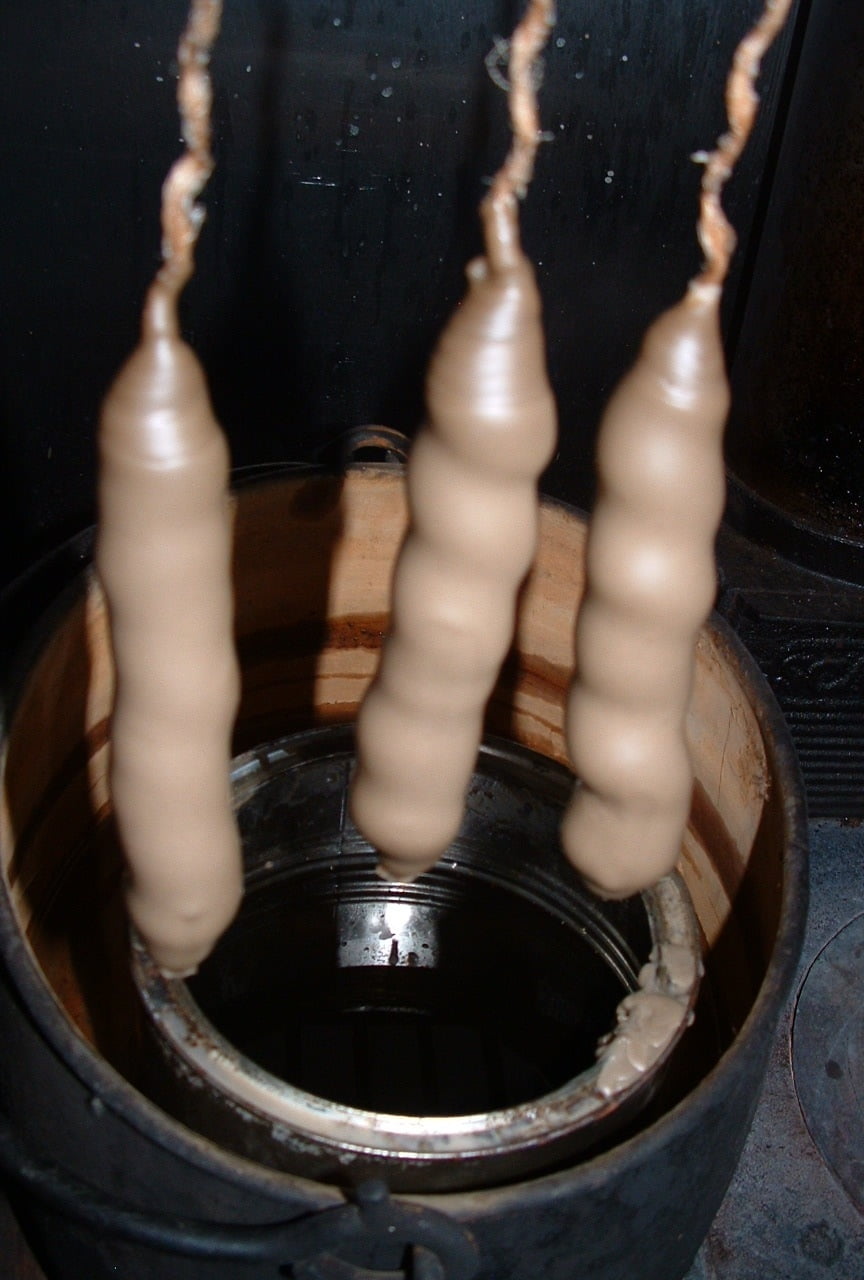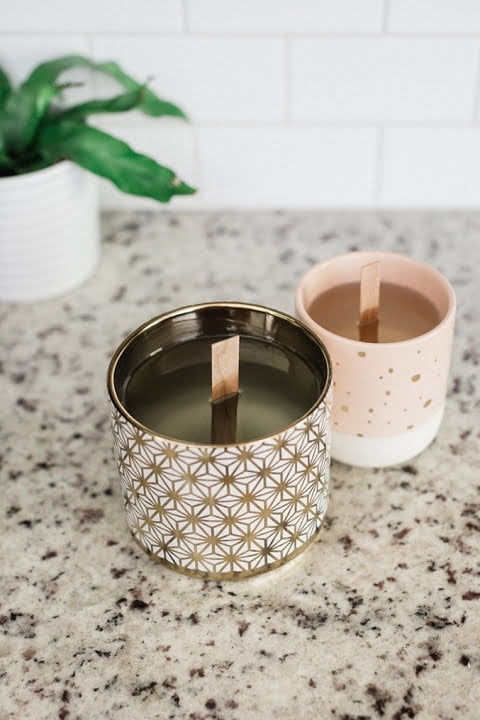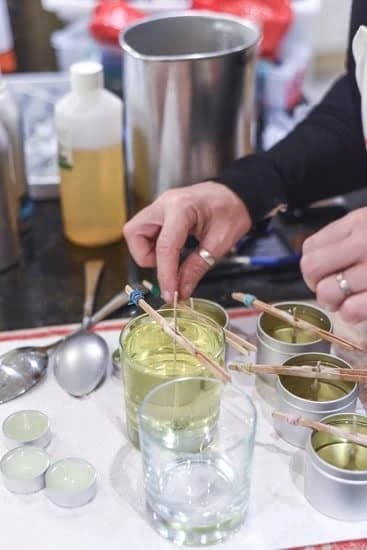Introduction
Candle making is a fun and rewarding hobby. But just like any activity, there are certain safety measures you should follow to make sure everything goes smoothly. The following tips will help ensure that your candle-making experience is safe and enjoyable.
1. Always use caution when working with hot objects and open flames: When heating wax or wicks, always be careful to keep them away from children. Make sure all flammable items such as curtains, clothing, furniture and other decorations are kept away from the work area at all times.
2. Keep an eye on the temperature: Keeping track of the temperature in your wax flasks is important for a successful candle-making experience. Make sure that your wax does not overheat or boil, which could result in a dangerous situation. In addition, use thermometers to ensure that your optimal wax melting temperatures are accurate each time you use them.
3. Wear appropriate protection: Even when using less dangerous materials for candle making project, it is important to wear some kind of protective clothing (goggles and an apron) so you do not get splashed with hot liquid wax while working with it. Also be sure to wear gloves whenever handling melted wax and oils as they can both easily burn skin on contact.
4. Have safety equipment prepared: In case of an accident or unexpected fire, it is best to have sets of proper fire extinguishers nearby at all times in order to smother any unintentional fires that may occur during the candle-making process before they can spread out of control. As well as having a first aid kit ready for treating any minor cuts or burns if necessary
5. Allow candles adequate drying time: When making multiple candles at once it is important to allow them adequate time for cooling before moving them; otherwise they may melt one another by their heat levels! Furthermore leaving completed candles undisturbed for around 24 hours will also help ensure their stability and diminish any risks of incidents occurring during normal usage later on down the road
Understanding Fire Extinguishing Basics
Fire extinguishing basics are important to understand when making candles. It’s recommended to have an ABC fire extinguisher nearby in case of a fire emergency. An ABC fire extinguisher is one that can be used on three different types of fires ” A for combustible materials such as wood and paper, B for flammable liquids such as paint and gasoline, and C for electrical fires. In the event of a fire, it’s important to remember that water should not be used on anything other than a Class A or occasionally a Class C fire. For the other classes of fires, an ABC-rated fire extinguisher should be quickly retrieved and operated following the manufacturer’s instructions printed on each unit. Other safety advice includes not leaving hot wax unattended while melting (or burning a teen incense burner/candle), keeping matches out of reach from children, never allowing candles to be hung near combustible objects, ensuring all wicks are properly trimmed when burning, having proper ventilation in the room and ensuring no flammable products are used near or around open flames or hot wax. Additionally, it’s best practice to keep nearby surfaces clear of combustible material before lighting any type of flame.
Choosing the Best Tools for Candle Making
When making candles, it is essential to have the right tools and materials to ensure that your work is safe. Here are some tips for selecting the best candle making tools:
1. Select heat-resistant containers ” Choose containers that are made from non-flammable materials such as heat-tolerant glass or ceramic, so there is no risk of melting when the wax is heated. Be sure to avoid plastic containers as they could potentially ignite if exposed to direct heat or flames.
2. Use a double boiler ” Always make sure you have an appropriate double boiler dedicated for candle making as this prevents burning and scorching of the wax. It also allows you to control the temperature easily and accurately when melting wax.
3. Choose safety wicks ” Wicks come in different sizes and materials with varying requirements when it comes to flaming points and proper positioning in a container or mould. Make sure to select quality cotton core braided wicks for clean burning, sootless candles which are pleasant to look at and have an even flame pattern.
4. Invest in thermometers ” Good thermometers enable you to keep track of your wax during pouring, as temperatures vary depending on type of wax used in a project (soy wax usually has lower temperatures than paraffin). Durable liquid crystal thermometers with sticks are ideal as they are reusable, durable, and can be formed into shape before application onto the container’s wall, allowing you to measure the temperature inside the container throughout each layer’s pouring process
Taking Precautions When Working with Melted Wax
When making candles, safety is paramount. Working with melted wax and open flames can be dangerous; it’s important to take every necessary measure to ensure your safety before you start crafting. Here are a few essential candle making safety tips to remember for your next project:
1. Always work in well-ventilated areas, with good airflow, away from any combustible materials such as curtains or upholstery.
2. Before beginning, make sure the area you plan to work in is clean, with no potential obstructions like chairs or tables in the way that could slip or catch onto the hot wax if spilled.
3. Wear oven mitts when handling heated containers of wax; this will protect your hands from any spills and splashes should they occur while melting down your wax chips.
4. Work on an even surface that is heat proof and won’t be damaged by the unintended application of hot wax (such as ceramic tile or heat-resistant countertops).
5. Use tongs when transferring wicks in and out of heated containers of wax to reduce the risk of singeing yourself with the flame which may ignite flammable fumes created by the heating process.
6. Put on sensible clothing that won’t tangle into any moving parts – only wear loose shirt sleeves for extra protection against hot wax splatters or burns from fallen wicks in molten wax pools.
7. When burning these candles after completion, place them away from curtains/furniture and children’s encounters ” always keep an eye on open flames until properly extinguished when finished with use!
Proper Candle Ventilation
Maintaining proper ventilation when making candles is key in avoiding accidents and protecting your health. Candle makers should always make sure their workspace is well-ventilated to prevent carbon monoxide buildup. Opening a window or using fans to circulate air can help ensure that the workspace has plenty of fresh air at all times. Additionally, you should avoid burning candles or creating scented candles in areas with poor ventilation such as small rooms with no open windows. This can increase the risk of inhalation of soot, smoke, and toxic fumes which may lead to serious health issues. It’s important to also be mindful of other sources of combustion such as fireplaces, gas stoves, and cigarettes while candle making as they can contribute to poor air quality and increase the risk of accidents.
Protecting Yourself from Burns When Handling Candles
When handling candles, it is important to take precautions to ensure you don’t get burned. Wear gloves whenever you are working with hot wax and keep your skin covered at all times. Utilize a pot holder or surface protector when heating wax as it can quickly become very hot. Make sure there is plenty of ventilation in the area you are working to avoid heat build-up. If a candle flame gets too close to your hands, blow the flame out immediately and never touch hot wax. Additionally, ensure the room you are burning candles in has smoke detectors installed for additional safety measures.
Storing Candles Properly
Storing candles properly is an important part of candle making safety. Make sure that all candles are kept in a cool, dry place away from any heat source or direct sunlight. Candles should not be stored near flammable materials and no open flames should be kept near the storage area. Always make sure the lids on your containers are secured tightly and securely so as to avoid spills and melting of wax. For glass container candles, keep them upright at all times to reduce chances of breakage, which could cause sharp pieces of glass to fall onto the surface on which the candle is resting. Additionally, it’s important to store pillars separately from their boxes in order to preserve their shape and prevent any warping due to moisture buildup within the box itself when they’re stored inside over time.
Conclusion
Candle making safety tips are essential to creating a safe and enjoyable candle making experience. Taking the right precautions when pouring, wicking, and scenting candles is essential to avoiding accidents or injury. Be sure to wear protective equipment, such as long sleeves, gloves, and eye protection, when crafting your candles. Additionally, have a first aid kit nearby in case of any accidents.
It is also important to stay informed about new trends in candle making safety. Using the correct wax for specific wicks or containers can help ensure your candles are safe for burning. Many resources exist online or at craft stores that provide information on the best practices for successful candle making. Lastly, always burn your candles at least three feet from flammable items and place them on sturdy surfaces well away from drafts that can disrupt the flame.
By staying committed to these candle making safety tips it is possible to make beautiful and creative candles without any risk of harm or fire hazard. Taking a few extra moments to be mindful of safety protocols during the production process will pay dividends by giving you peace of mind when using and lighting them at home!

Welcome to my candle making blog! In this blog, I will be sharing my tips and tricks for making candles. I will also be sharing some of my favorite recipes.





